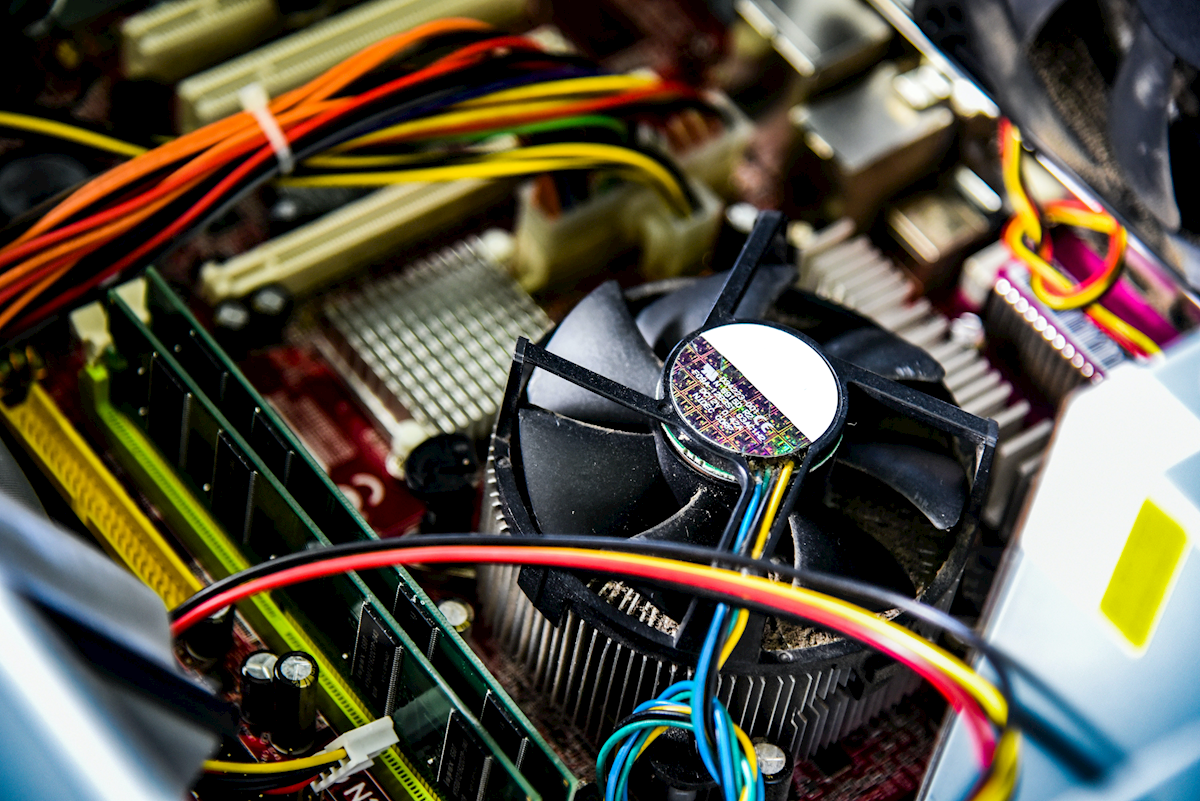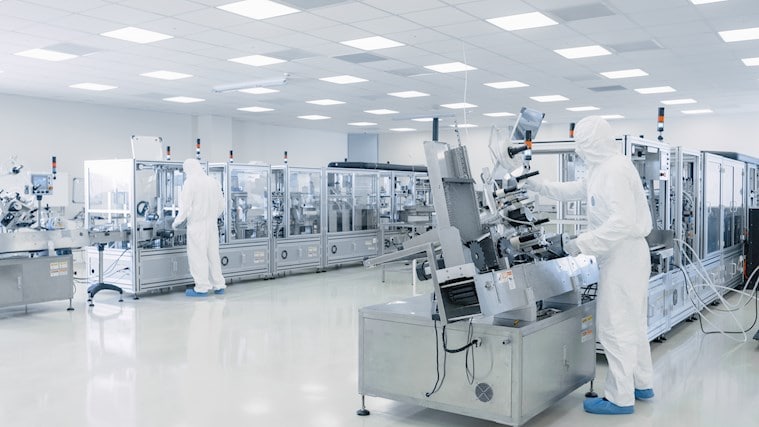Corrosion is the destructive and unintentional degradation process of decay on a material caused by a chemical reaction by its environment. Corrosion of electronic process control equipment can cause disruptions in production leading to lower productivity and lower profitability - this can be expensive to fix. But luckily there are possibilities to take control of corrosion thus reducing the risks. One such possibility is to invest in your air filtration to improve your indoor air quality and thus eliminate those harmful pollutants causing corrosion.

Corrosion of metal occurs when an exposed surface encounters gas or liquid, and the process is accelerated by exposure to warm temperature, humidity, acids, and salts. Although the word ‘corrosion’ is used to describe the decay of metals, all-natural and man-made materials are subject to decay, and the level of pollutants in the air can speed up this process. The approximate cost of corrosion in the processes amounts to 4% annually of GDP. Corrosion of electronic process control equipment is a safety risk along with operational hurdles. This can make a dent in the operational cost of the business, however, there are possibilities to minimize the risks and gain control over the corrosion in your business environment. Air filtration is one of the best possible solution as it can eliminate corrosion from the atmosphere, improve indoor air quality, and benefit the employees.
Business processes are struggling due to corrosion
One reason for corrosion is that airborne contaminants such as corrosive particulate matter are created because of the chemical reactions between liquids and solids. These same liquids and solids, including salt and black carbon, can interact with the molecules within metals and accelerate decay. Additionally, gaseous acidic contaminants have a major role in corrosion of materials, either directly or indirectly as precursors of corrosive particulate matter.
Typical application-specific contaminants are hydrogen sulphide (H2S) in pulp and paper mills where it emits from the wood pulping process and the sewer system and sulphur dioxide (SO2) from the recovery boiler. H2S will also be a major emission from waste treatment plants and onshore and offshore oil wells and refineries. Copper and silver have been used for reactivity monitoring in electrical control rooms and other premises for a long time and were a standardized method used in 1985. Using copper and silver is a very suitable combination. Copper will react with oxygen and water forming a sequential structure of Copper (I) oxide (Cu2O and CuO) and then Copper(I) sulphide (Cu2S), doe to sulphide the reaction is strongly affected by relative humidity. Silver will not form oxides but is very sensitive to reduced sulphur compounds like hydrogen sulphide and mercaptans. The reaction rate is controlled by the amount of sulphide available and little by relative humidity. From an exposure of standard copper and silver coupons the levels of corrosivity or reactivity can be estimated.

How to ensure corrosion is controlled
The low corrosion rates often found indoor will not lead to any structural damage, unlike outdoor corrosion which has been found to cause the collapse of entire bridges and other structural elements due to different types/intensity of corrosion. Indoor corrosion may nevertheless lead to serious effects on electronic components and electric shortenings and can even cause a fire. The possible effects of indoor corrosion have led to the development of several standards that provide classification systems for the corrosivity. ANSI Standard, ANSI/ISA S71.04-2013, “Environmental Conditions for Process Measurement and Control Systems: Airborne Contaminants,”. The classification directly correlates with the level of corrosive effects in that environment and the standards define or characterize environments in terms of their overall corrosion potential and are measured in Ångstrom (Å) units ranging from mild (G1 level) to Severe (GX level). To reduce the risks of corrosion, the ISO10121-2014 section 1 and 2 standard and the ASHRAE 145: 2015, classifies air filter performance about process-specific compounds thus ensuring adequate high-quality molecular filter performance.
The prime goal of electric and electronic equipment for process control is 100% uptime and availability. Interruptions or erratic malfunction will directly affect production and revenue. Failure to reduce corrosivity in time may lead to a very costly replacement of equipment.
Due to the recent development of real-time monitors (ISA Check II) and the long-proven technique using copper and silver coupons it is very straightforward to measure and assess a problem before failure occurs. Thanks to the long-proven knowledge in particle and molecular filtration, there is a range of filtration solutions available that fits virtually all types of electrical control rooms and data centers. Dimensioning of molecular filtration systems should be based on established scientific adsorption theory, realistic full-scale testing, and software simulations.
To get a thorough corrosion control analysis done by Camfil experts, contact us.